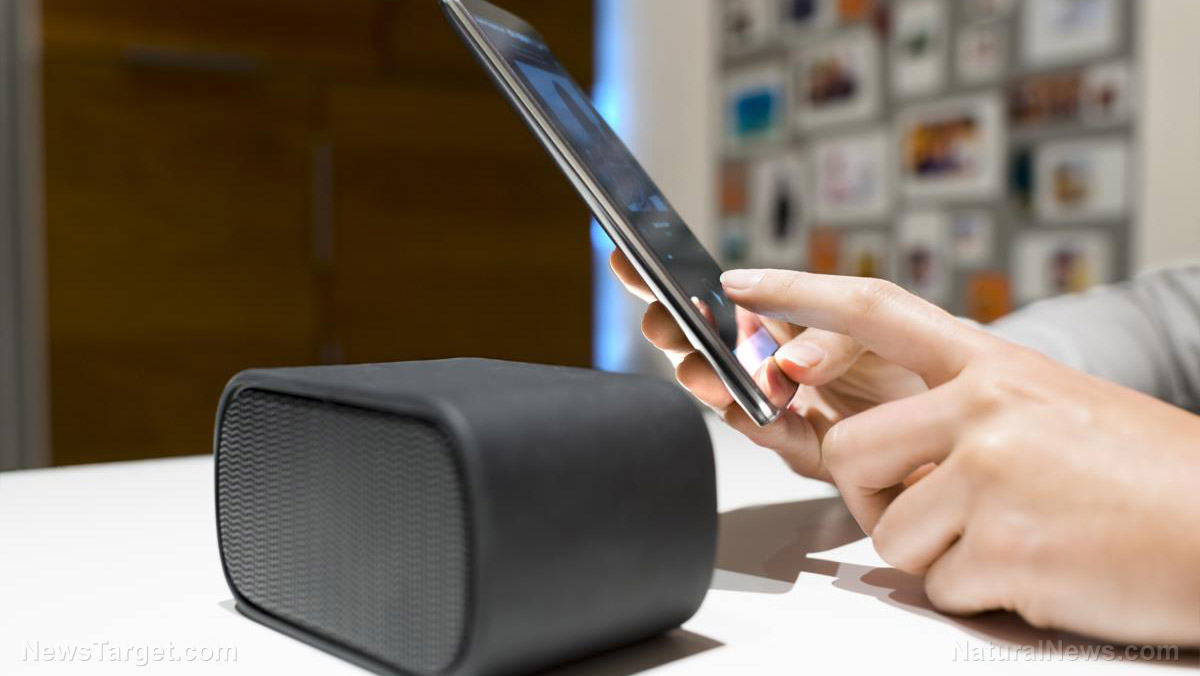
Advertisement
Our advances in technology are nothing short of amazing. Things that we once thought were impossible, technology has helped us explore, and even accomplish, these things — and possibly, even more. These, however, come with an unintended consequence: Since the 20th century, our exposure to electromagnetic (EM) radiation, especially from artificial sources, has markedly increased following developments in technology, electricity demand, and changes in social behavior, among others. While not all types of electromagnetic radiation are harmful — light, for instance, is an example of EM radiation — too much of it, as well as being exposed to certain forms, like ionizing radiation, can cause real damage to our bodies.
To measure EM radiation, most people use a device called a bolometer, a thermometer-like device that uses a thin layer of an absorptive element to determine changes in temperature. It’s efficient, for the most part, but more accurate models have limited bandwidth and operate at very low temperatures — which make them more expensive. Fortunately, researchers from the Massachusetts Institute of Technology (MIT) and Columbia University have developed a more efficient and cost-effective method of monitoring EM radiation. In their paper, which appeared in the journal Nature Nanotechnology, the team presented a new alternative to standard bolometers that is both highly sensitive and can work at room temperature.
The researchers believe that the new device will have practical usage in different fields. For instance, it could be used to develop new kinds of astronomical observatories for long-wavelength emissions or to design new heat sensors for buildings. It may even be used in quantum sensing devices as well as information processing.

For senior author Dirk Englund of MIT’s Department of Electrical Engineering and Computer Science, he thinks that the device will “open doors,” as it will lend itself to the development of more efficient and cheaper bolometers. The latter, in particular, is because the new device uses graphene, a form of carbon that has both high sensitivity and bandwidth, as an absorptive element, which effectively increases its magnitude over that of standard bolometers. In the study, the researchers noted that it only needs picoseconds — that’s a trillionth of a second — to get a reading.
It can also operate without the need for specialized cooling systems, unlike current models which need to be supercooled to provide accurate readings. For the most part, the device will be used in ultracold conditions, but researchers are positive that having no limitations in temperature could result in more efficient uses of the device. Their current model, which was built under laboratory conditions, can reportedly measure the total photon energy in incoming EM radiation, regardless of source. This means that aside from measuring radiation from light, it can also accurately measure radio waves and even other parts of the spectrum.
Simply put, the new device can be used to measure any form of EM radiation, from that emitted by distant galaxies to that coming from a poorly insulated house.
With this new technology, researchers are positive that it could improve functionalities, which range from “thermal imaging, observational astronomy, quantum information, and quantum sensing, among other applications.” (Related: Thermograms are a Much Safer Alternative to Mammograms.)
Protect yourself from harmful EM radiation
It’s difficult to escape the effects of EM radiation, especially given our current lifestyle. According to recent statistics, at least 84 percent of Americans own a cell phone, while over 89 million watch TV shows through satellites — and that’s not counting how many places have WiFi to access the internet through your phone. Indeed, all electrical (and electronic) devices emit EM radiation; it’s our advancements in wireless technology that have also increased our risk of getting too much harmful EM radiation.
Here are just some of the ways you can protect yourself (as well as your loved ones) from the menace of EM radiation.
- Clear your bedroom of any electronic devices. The body heals itself during sleep, and clearing your room of any devices means that you don’t have to worry about EM radiation affecting it.
- Put your phone in flight or airplane mode when you’re not using it. Turning off the wireless transmitter is a great way to minimize EM radiation exposure from your phone.
- Go barefoot. Allowing your bare feet to connect with the earth (a process known as grounding) can stabilize your body’s bioelectrical circuits.
While getting a bolometer is a great start to measure EM radiation in your home, following EMF.news is another great way to learn more about, and protect yourself from, harmful radiation.
Sources include:
Submit a correction >>
This article may contain statements that reflect the opinion of the author
Advertisement
Advertisements
















